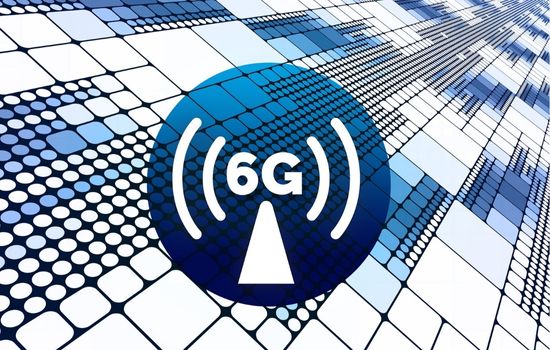6G technology is starting to gain momentum lately, especially since it is one that mobile operators around the world are expected to adopt in the coming years.
Although 6G is still in the research and development phase, it has the potential to revolutionize the way we interact and communicate with each other.
The 5G transition 6G involves the transition from a communication network to a detection network, but the first work is being carried out to improve and expand the capabilities of 5G.
But what exactly is 6G technology?
6G technology is the next generation of mobile connectivity that will replace the current 5G technology.
It is based on a series of technological innovations that allow faster, more reliable connections with greater data capacity than 5G. Key features of 6G include:
Higher transfer speeds: 6G technology promises data transfer speeds that can reach 1 terabit per second, that is, 10 times faster than the maximum speed of 5G.
Ultra-low latency: 6G also promises to further reduce latency, the response time between sending and receiving data.
This will allow, for example, devices to communicate in real time without noticeable delays.
Greater capacity for simultaneous connections: 6G should allow the simultaneous connection of millions of devices, something essential for the Internet of Things (IoT) and other applications that require a large number of connected devices.
Greater energy efficiency: 6G is expected to be more energy efficient, meaning device batteries will last longer and less energy will be wasted.
But why do we need 6G technology?
O 6G will be fundamental to allow the development of a variety of new applications and technologies that demand ultra-fast and reliable connectivity. The most promising applications include:
Virtual and augmented reality: o 6G will allow virtual and augmented reality to become even more immersive and realistic with high data rates and low latency.
Autonomous vehicles: 6G technology will be necessary to allow autonomous vehicles to communicate with each other and with the city infrastructure in real time, and it is essential to guarantee road safety.
Telemedicine: With 6G it will be possible to transmit medical images in real time and perform operations remotely with millimeter precision, which can save lives in remote areas or in emergency situations.
Artificial intelligence: 6G will also be fundamental for the development of artificial intelligence, allowing machine learning algorithms to process and analyze large quantities of data in real time.
When will 6G technology be available?
There is still no definitive date for the commercialization of 6G technology.
The development of 6G is still in its early stages and it will likely be several years before the technology is ready for widespread use.

Conclusion
Some industry experts predict that 6G technology could be available as early as 2030, but this is just an estimate and may change as research and development continues.
It is important to note that the transition to a new generation of mobile technology typically takes several years, so 5G is likely to be a dominant technology for some time before being replaced by 6G.
